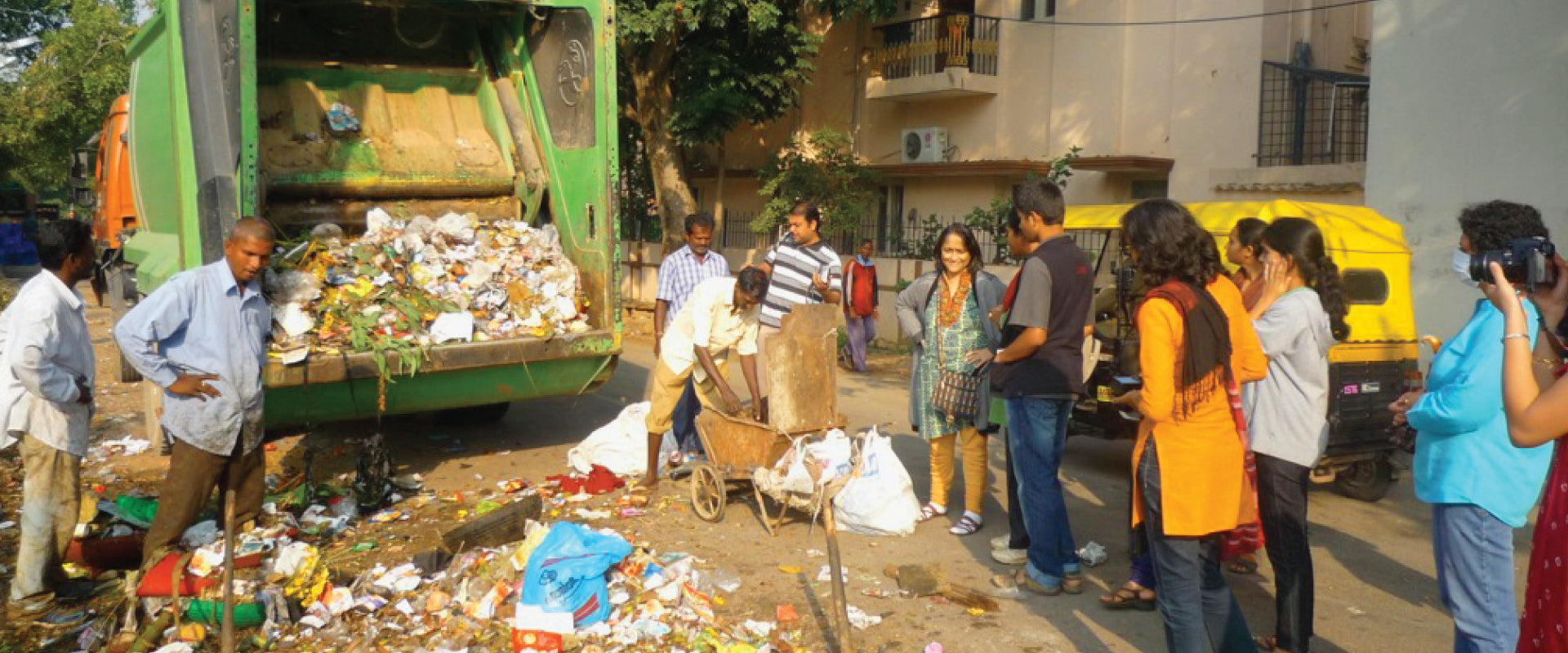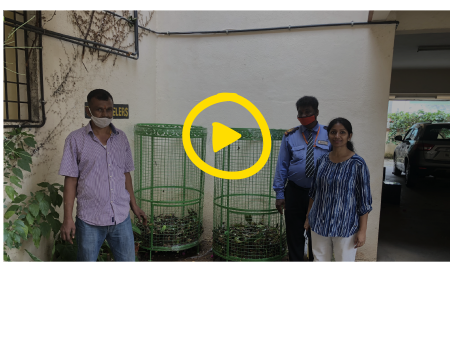Sustainable Menstruation Matters: Asan shares why | The Daily Dump Blog

Get your Asan cup today at www.asancup.in. Just use code DAILYDUMP for 25% off!
Across our lifetime, we will each dispose of approximately 15,000 single-use plastic sanitary pads or tampons. For years, the way we manage our period has involved using plastic sanitary pads - which are terrible for the environment. The plastic in pads and tampons that you use today will still be sitting in landfill hundreds of years from now.
However, there is a much-needed shift happening globally towards adopting sustainable menstrual hygiene management. This involves using period products that are reusable and don’t require you to throw away your pad or tampon every time it is full.
Sustainable menstruation is about being mindful of the environmental impact of disposable sanitary products to reduce your personal waste that contributes to environmental degradation.
Let's start by understanding the importance of sustainable menstruation by discussing how single-use period products impact our bodies, the environment and waste workers.
How are single-use period products harmful?
1. Toxic chemicals are harmful for our bodies
Conventional sanitary pads are made from 90% plastic - from the leak-proof base layer to synthetics that soak up liquid to the plastic packaging. So, using sanitary pads and tampons can have a very harmful effect on our bodies.
Not only can it lead to painful rashes and skin irritation, but it can also cause your vagina to have a pH imbalance if you keep your sanitary product on for too long and bacteria builds up on your pad or tampon.
Vaginal transmission of chemicals is 15 times higher and more likely to enter directly into your bloodstream than orally. Given this, the likelihood of our bodies absorbing toxic plastic vaginally while we use pads or tampons to manage our period is very high.
2. Negative impact on our environment
Single use pads and tampons must be manufactured again and again every month, which involves repeated electricity and water consumption - directly contributing to global warming.
When we dispose of our sanitary pads every cycle, this has dire ecological effects. They either go into our oceans and can become a choking hazard for marine life or end up in landfill and don’t break down for decades.

When pads are flushed down the toilet, they can cause blockages in sewage drains as the chemicals in the pad absorb all the water coming through the sewage lines.
Moreover, due to the lack of waste management systems in rural areas, sanitary pads are often burnt - releasing toxic and harmful chemicals into the air. This is not only harmful for the environment but also people as you are likely to breathe in toxins.
3. Health hazard for waste workers
In developing countries such as India, waste segregation is primarily done manually by waste-pickers. This involves them collecting and segregating waste, including sanitary pads and tampons, from your house to the landfill sites.
Waste pickers play a key role in handling up to 188,000 tonnes of waste that is produced in urban India a day. They often have to separate waste with their bare hands, including touching used sanitary products that could be harvesting bacteria.
This exposes them to health hazards and infections while handling sanitary products, often for long hours during a day in burning summer heat.

What are the benefits of switching to a sustainable menstrual product?
1. Environmental
Switching to a sustainable menstrual product is one of the best choices you can make to lead an eco-friendly lifestyle.
By making the switch, you are averting tonnes of plastic waste in the form of sanitary pads and tampons, plastic packaging, and tampon applicators from going directly harming our environment.
2. Economical
On average, we use 8-10 single-use sanitary pads or tampons per cycle. This monthly expense of approximately Rs.150 adds up over the years.
In comparison, a sustainable menstrual product is a one-time purchase which will last you multiple period cycles. In fact, a good quality sustainable menstrual product can last you between 2 to 10 years.

3. Social Impact
While the environmental and economic impact are substantial reasons to shift to a sustainable period product, if you make the switch to the Asan menstrual cup you are also sponsoring a safe an eco-friendly period for a woman or girl that can afford high quality period care in rural India.
Asan’s 1-for-1 donations programme ensures that for every cup sold, one is donated to someone who can't afford it, along with extensive menstrual health education and constant expert support. Through this programme, Asan has changed the lives of 20,000 rural women and girls and continues to eradicate period poverty while enabling sustainable menstruation.

What is the most sustainable and affordable menstrual product for me?
Like trying most new things, switching to sustainable period options takes patience and practise. While there are many sustainable period brands available in the market, it is important to do your research and understand the quality and design of the product you choose.
Three of the most sustainable period products include, re-usable cloth pads, period pants and menstrual cups.
1. Reusable cloth pads
Re-usable cloth pads have been gaining traction over the last decade as a sustainable menstruation alternative. Similar to plastic sanitary pads, they are worn on your underwear and will often have a button or velcro to ensure that they stay in place.
You can use a cloth pad for the same amount of time that you can keep a plastic pad on for - so on average 5-7 hours. You will need around 5 pads which should last you between 3-5 years.
2. Period pants
Period pants were invented in the late 1990’s - however have been gaining popularity more recently with the global shift towards living a sustainable lifestyle. Good quality period pants are made with organic cotton and are worn the same way as a regular underwear.
You will need around 5 period pants to manage a period cycle as each period pant can be worn for 6-8 hours. They should last you between 6 months to 2 years depending on the quality.
3. Menstrual cups
Menstrual cups are the most eco-friendly and comfortable option for a sustainable menstruation alternative. A menstrual cup is a bell-shaped device that is designed to sit inside your vagina and collect your period flow. Once it has been inserted correctly, you can’t even feel it inside you, and you can keep it in for up to 12 hours.
The Asan menstrual cup is made with Class 6 Medical Grade silicone, which is the same material used in heart stents and breast implants. It is super safe to sit inside you and comes with a special removal ring, which makes it the easiest cup to use. This high-quality product will last you up to 10 years - averting 1200 pads or tampons from going to landfill.

Been considering switching to a sustainable period product? Well, what are you waiting for? Make the switch and start your eco-friendly lifestyle now.




